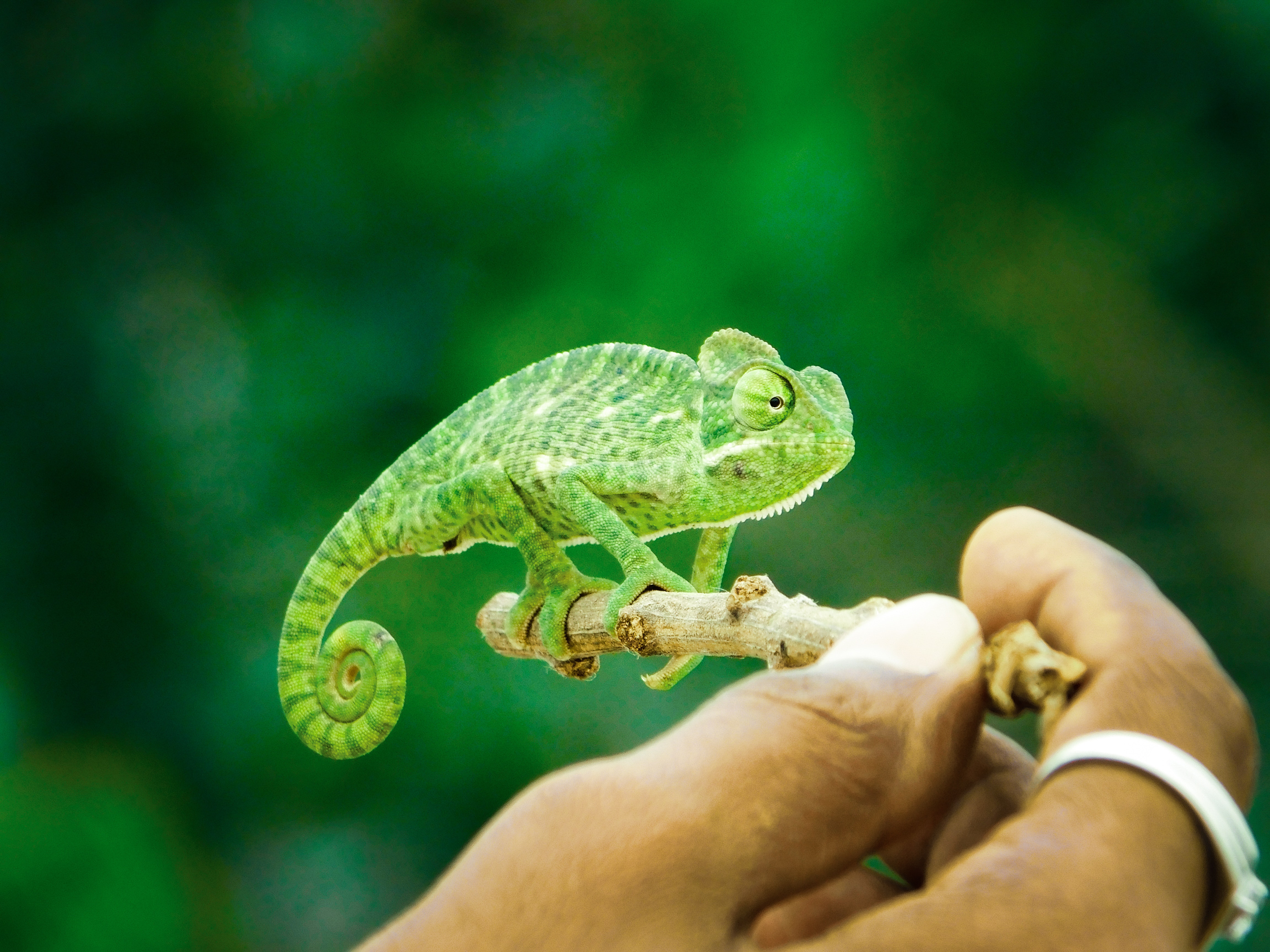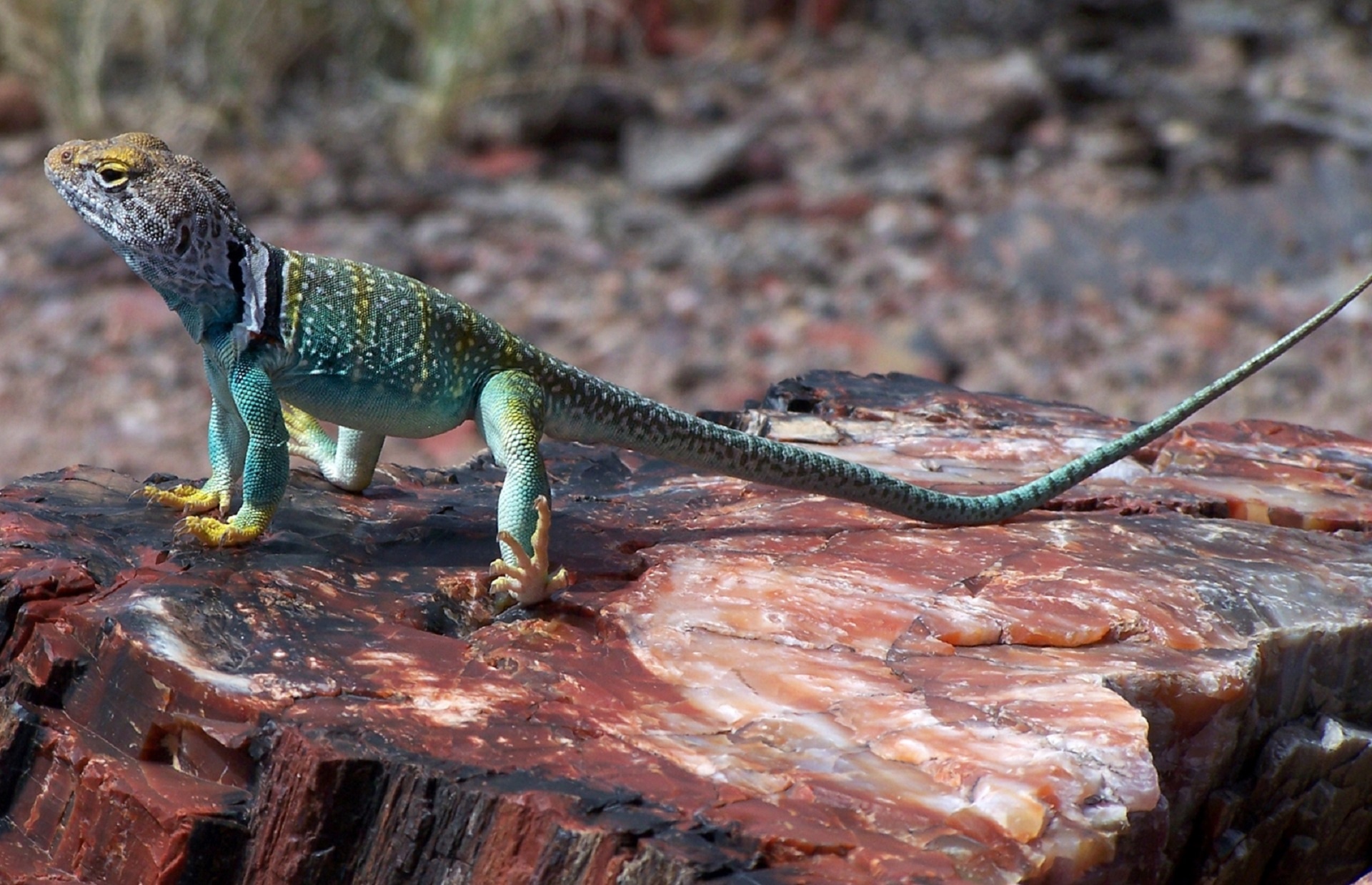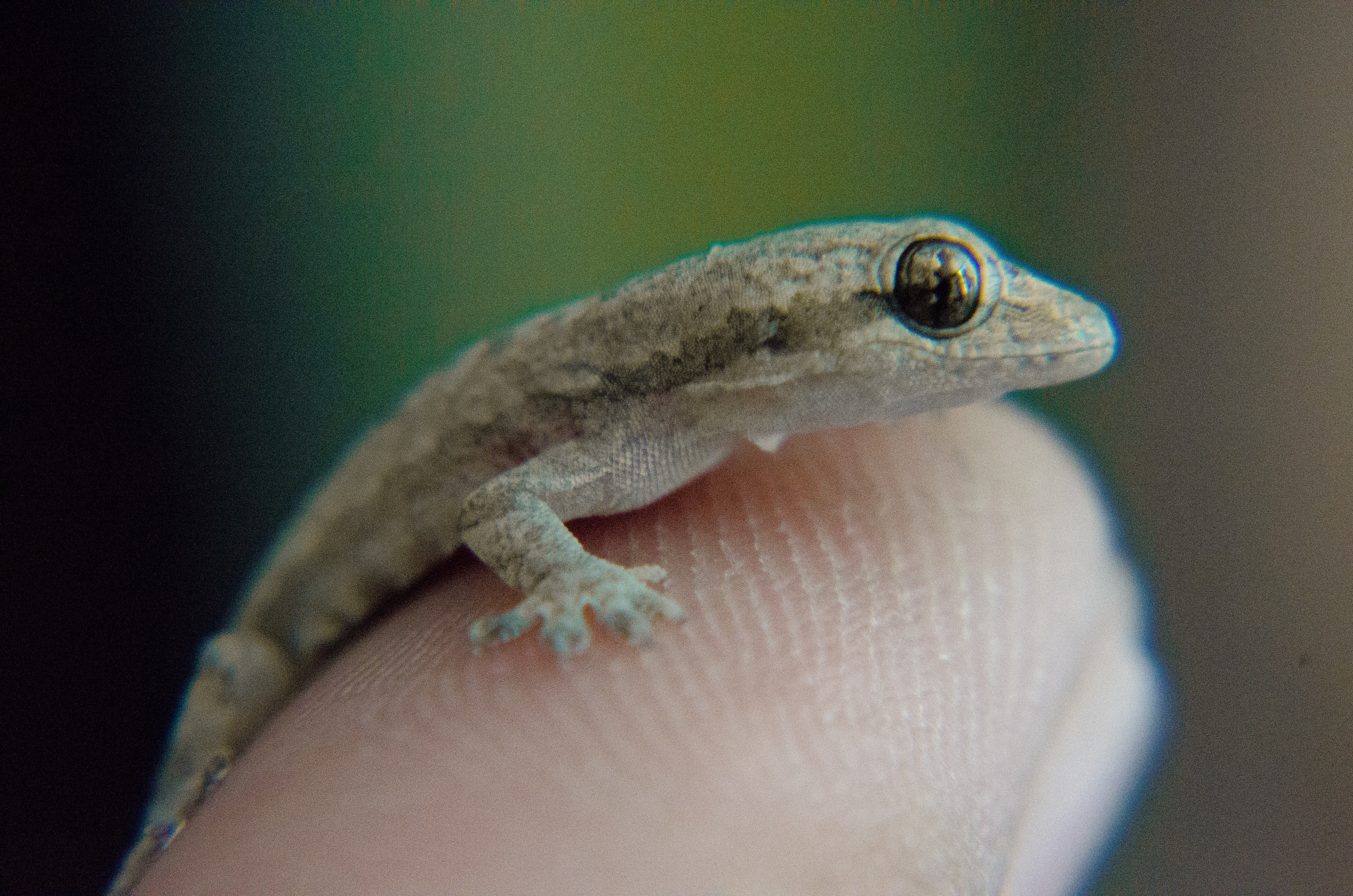
Care For a Chameleon: The Ultimate Guide to Lizard Care
Chameleons are fascinating creatures known for their unique ability to change color. However, they also require special care to thrive in a captive environment. In this comprehensive guide, we will explore the essential aspects of chameleon care, including their enclosure, diet, temperature, and health.
1. Choosing the Right Enclosure
The enclosure is the first and most crucial aspect of chameleon care. Opt for a tall and spacious enclosure to mimic their natural habitat. A minimum size of 24x24x48 inches is recommended for an adult chameleon. Ensure proper ventilation through the use of mesh or screen panels to maintain humidity levels.
2. Providing the Ideal Temperature and Lighting
Chameleons are ectothermic creatures, meaning they rely on external sources to regulate their body temperature. Maintain a basking spot temperature of 85-95°F during the daytime, with cooler temperatures of around 70-75°F at night. Adequate UVB lighting is essential for chameleons to synthesize vitamin D3 and maintain strong bones.
3. Creating a Humid Environment
Chameleons originate from tropical regions and require a humid environment to thrive. Mist the enclosure twice a day to provide them with the necessary moisture. Consider using a hygrometer to monitor humidity levels, aiming for 50-70% during the day and slightly higher at night.
4. Designing the Perfect Habitat
Chameleons are arboreal creatures that spend most of their time in trees. Provide plenty of live plants inside the enclosure to create a natural and stimulating environment. Ensure there are enough branches and perches at different heights to allow for climbing and basking.
5. Feeding a Nutritious Diet
Chameleons are insectivores, and their diet primarily consists of live feeder insects such as crickets, roaches, and silkworms. Offer a variety of gut-loaded insects, dusted with calcium and vitamin supplements, to ensure a balanced diet. Fresh fruits and vegetables can be given occasionally as treats.
6. Hydration and Drinking Habits
Chameleons obtain most of their water from droplets on leaves and branches. Use a misting system or hand sprayer to simulate rainfall, allowing them to drink water droplets. Additionally, provide a shallow dish of clean water for them to drink from, but ensure it is small and shallow to prevent drowning.
7. Regular Vet Check-Ups
To maintain your chameleon’s health, it is crucial to schedule regular check-ups with a reptile veterinarian. They can perform thorough examinations, provide vaccinations if needed, and offer advice on any health concerns you may have.
By following these essential guidelines, you can ensure the well-being of your chameleon and create a thriving environment for them. Remember to closely observe their behavior, as any changes can indicate potential health issues. Happy chameleon care!
Keep Reading

Collared Lizard Care: Tips for Keeping Your Lizard Happy and Healthy
Collared lizards are fascinating reptiles that make great pets. With their vibrant colors and active nature, they can be a joy to watch and care for.

Mediterranean House Gecko Care: A Complete Guide for Lizard Sitters
Are you a proud owner of a Mediterranean house gecko? Or maybe you are considering adopting one as your new reptilian friend? Either way, this blog post is here to help you become an expert in Mediterranean house gecko care.